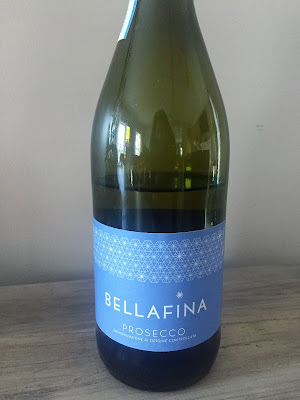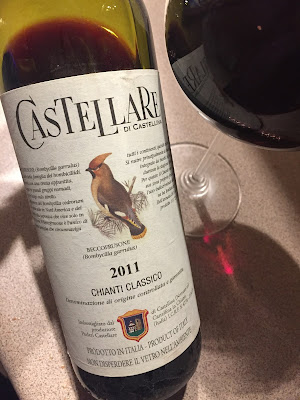The more time I am away from vacationing the more I find myself daydreaming of all the wonderful places I have been fortunate to visit in my life. When one has the travel bug though it’s in your soul. For now I’m allowing the wine glass to transport me until I can get on the next plane. This week we go to Sicily to the Firriato estate that I visited last fall. I developed a liking to the Perricone grape and have only featured it a couple times on my blog so we’ll revisit it today.
The Winery ~ Firriato
The Firriato winery, founded in 1984, are one of the prominent figures in the Sicilian wine industry. I toured their multiple estates from East to West with the COO, Federico Lombardo di Monte Iato. It’s easily driveable as a straight shot from coast to the other, but such a difference in landscapes going from Mt. Etna to the seaside town of Trapani.
My focus today is on the western side of Sicily around the seaside town of Trapani. Firriato’s Baglio Soria estate is set up on a hill overlooking their vineyards, the surrounding land and sea. The view at sunset is breathtaking with a glass of vino in hand. You can even stay onsite as it’s a total wine resort experience with a restaurant onsite including cooking and wine classes. The food was top notch and such a beautiful place to spend a vacation.
 |
Firriato’s Ribeca wine made from Perricone that I’m featuring today is grown at their Pianoro Cuddia Estate nearby in the Trapani countryside 200 meters above sea level. This area is very windy with a dry climate and soil consisting of clay and limestone.
The Grape ~ Perricone
Perricone is a grape, also known as Pignatello, that almost faced extinction due to phylloxera. Since it’s a difficult grape to grow with low yields many producers replaced it after phylloxera with the Nero d’Avola grape. Perricone is found mostly in the western part of Sicily and has a history been used mostly as a blending grape due to its deep color, heavier body and higher tannin.
The Wine
This is my 2nd time trying this wine, but a different vintage. The 2015 Firriato Ribeca Perricone Sicilia DOC: Made of 100% Perricone. Aged 10-12 months in French barrique with an additional 6 months spent in the bottle. A deep garnet color with purple hues and an intense nose of mostly black cherries and raspberry. A full-bodied wine, moderately complex with high acid and elegant tannins. Ripe raspberries and blackberries with a hint of clove on the palette. Towards the finish are vanilla nuances with a lingering finish. SRP mid to high $30’s. ABV 14.5%
Pairing with PerriconeI usually love to make soups this time of year and have been slacking. This was the perfect opportunity to let one simmer and fill the house with amazing aromas to try with the Perricone. I usually don’t always look to pair my wines with soups. I prepared a sausage stew and the sausage was a great complement to this wine. The stew consisted of sliced sausage, celery, carrots, cannellini beans and cheese tortellini. Of course it had to be topped with a 24 month aged Parmigiano Reggiano. Perfetto!
*This wine was provided as a sample, but opinions are always my own.









